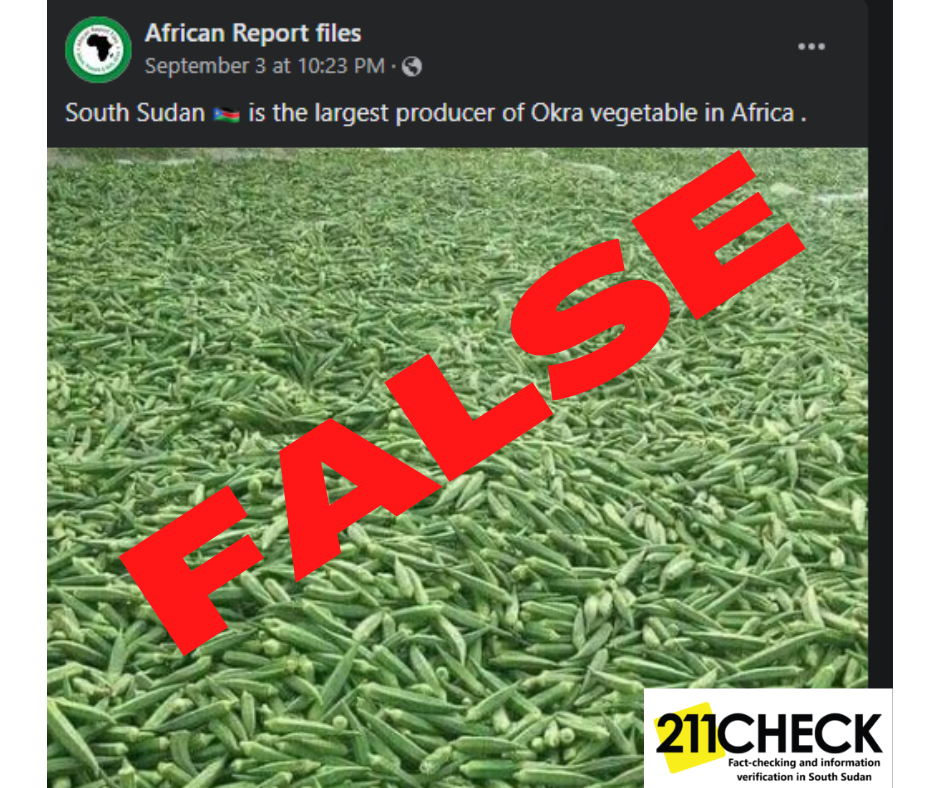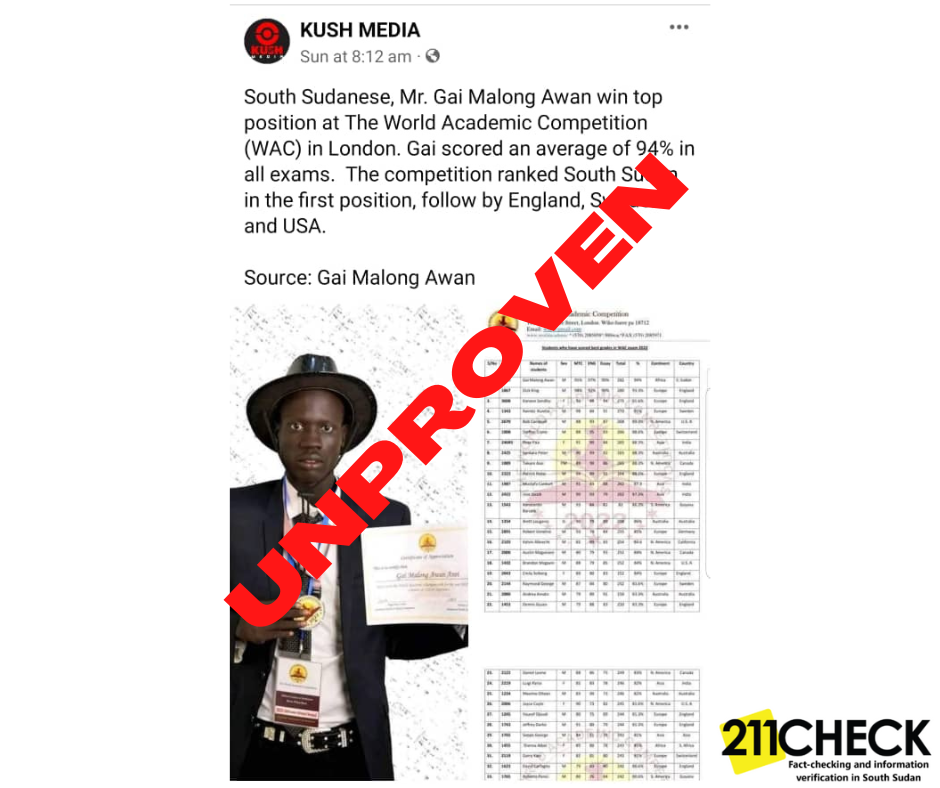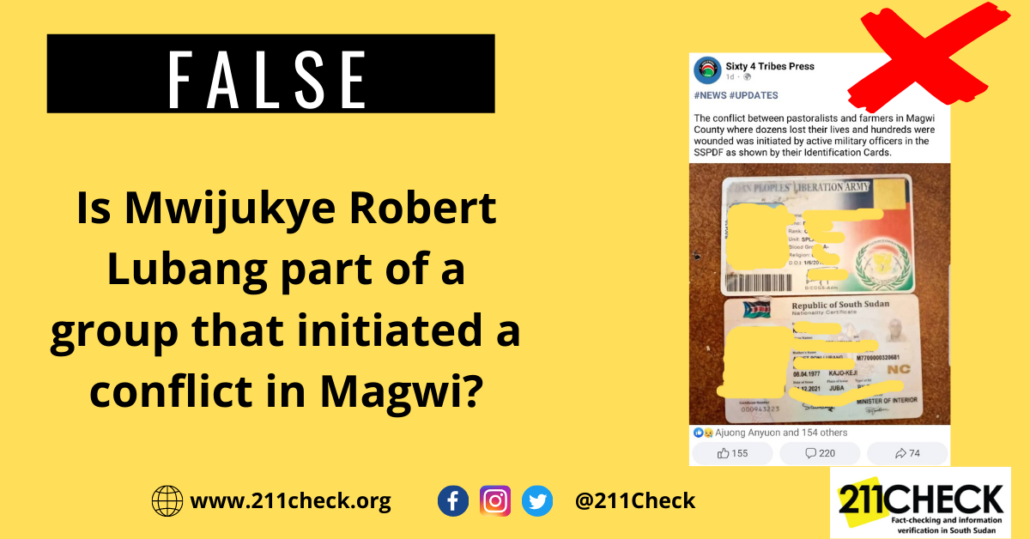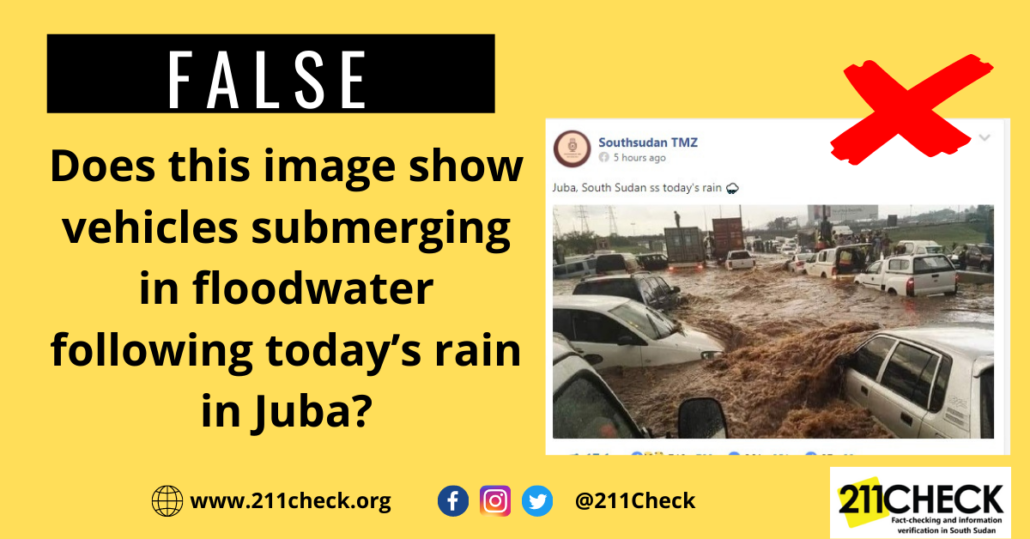Fact-check: Does Gammora cure HIV/AIDS?
The World Health Organisation (WHO) says there is no cure for HIV infection. False claims of HIV cures exploit the hopes people have that an HIV cure will be developed, to generate publicity.
By Beatrice Amude
Africa Med solutions, a Facebook page that writes about health issues, claimed in a post on 24th September 2022 that Gammora, an antiretroviral drug helps to cure HIV-infected patients by destroying all cells carrying the HIV virus-genome.
“…and not only did that but also helped to increase the amount of CD4 cells in the patients, a sign of a healthy immune system…” Africa Med solutions claimed in the Facebook post.
The post that appears to be advertising the drug included an audiogram of a woman allegedly named Adut from Western Bahr-el-Gazal State, who claims that she and her husband were HIV positive but after they took the Gammora, they tested negative after 25 days of treatment.
Research conducted by 211 Check to ascertain the accuracy of the claim found out that it is false.
Johnson Malish, a medic in Juba, told 211 Check there is no cure for HIV/AIDS at the moment based on scientific consensus, but there is only control of the virus from killing or destroying the patient quickly.’’
“There is no complete treatment of HIV/AIDS, but there is a lifelong antiretroviral medication for HIV, that will reduce the virus to undetectable rate, but once one ignores taking the medication, the virus will easily resurface,” Johnson said.
Mary, a woman living with HIV/AIDS says there is no medicine that can cure HIV, only the antiretroviral that controls the virus replicating in the body.
On her part, Nunu Diana, the Executive Director of Young Positives, an organization that works with people living with HIV/AIDS, said, “Unless we get clarification and authentic information from UNAIDS country office and WHO that claim by Africa Med Solution is baseless and it can distract young people living with HIV from adherence to their ARVS.”
What is Gammora?
Gammora is a drug developed by Zion Medical, an Israeli-based biotech company that announced the result of their first clinical trial of the HIV drug Gammora which they claimed was able to eliminate 99% of the HIV within four weeks of treatment. Zion Medical reported that their study enrolled nine patients in Uganda.
Zion Medical Company later admitted that the trial was not registered with Uganda’s regulatory body, and it couldn’t explain the poor treatment Ugandan patients got as part of its ‘trial’.
An independent analysis by Treatment Action Group (TAG) on Zion Medical’s Gammora press release states any claim that the peptide is a potential HIV cure is egregiously false. The trial is not listed among research authorized by the Uganda National Drug Authority.
According to the Centers for Disease Control and Prevention and World Health Organisation, HIV treatment reduces the amount of HIV in your body and helps you stay healthy. There is no cure for HIV, but you can control it with HIV treatment. Most people can get the virus under control within six months. HIV treatment does not prevent the transmission of other sexually transmitted diseases.
Conclusion:
211 Check has looked into a claim that Gammora can cure HIV/AIDS and finds it false.
The World Health Organisation (WHO) says there is no cure for HIV infection. However, with increasing access to effective HIV prevention, diagnosis, treatment and care, including for opportunistic infections, HIV infection has become a manageable chronic health condition, enabling people living with HIV to lead long and healthy lives.











